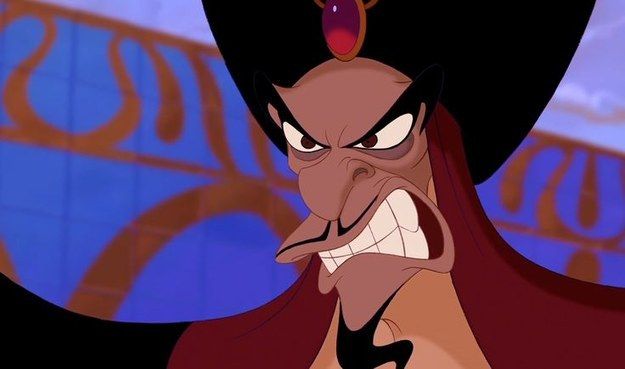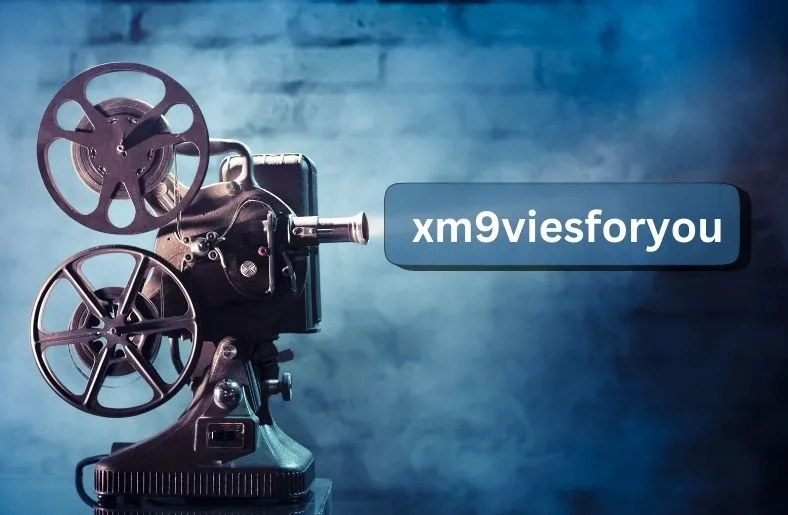Long chin characters have long been a captivating aspect of various forms of media, from literature to film, animation to mythology. Their distinctive physical feature, the elongated chin, often serves as more than just a facial characteristic; it can symbolize cultural ideals, personality traits, and even societal norms. In this comprehensive guide, we delve into the rich history, cultural significance, and creative evolution of long chin characters, uncovering the layers of meaning behind their portrayal in different mediums.
Historical Background of Long Chin Characters
Long before the advent of modern media, long chin characters made their mark in ancient art and literature. From ancient myths to classical literature, depictions of characters with elongated chins abound, each carrying with them a unique symbolism and significance. In early civilizations, such characters were often revered for their wisdom, strength, or divine connection, reflecting the values and beliefs of their respective cultures.
As civilizations evolved, so too did the portrayal of long chin characters. In medieval art and literature, for example, long chins were sometimes associated with villainous or supernatural figures, adding an element of mystery and intrigue to their characterization. Over time, these portrayals continued to evolve, shaping the perception of long chin characters in the collective consciousness.
Long Chin Characters in Literature
In the world of literature, long chin characters have left an indelible mark on countless stories and narratives. From epic poems to modern novels, authors have utilized the distinctive physical feature of long chins to create memorable and complex characters. One such example is the character of Cyrano de Bergerac, from Edmond Rostand’s play of the same name. Cyrano’s prominent nose, often depicted as elongated, serves as a metaphor for his inner strength and resilience, highlighting the power of physical appearance as a storytelling device.
Moreover, long chin characters are often used to explore themes of identity, belonging, and self-acceptance. In Salman Rushdie’s “Midnight’s Children,” the protagonist Saleem Sinai grapples with his identity as a person with a long, snake-like nose, using it as a metaphor for the complex history and cultural identity of India. Through Saleem’s journey, Rushdie explores the complexities of post-colonial identity and the search for selfhood in a rapidly changing world.
Long Chin Characters in Film and Television
The realm of film and television has also embraced the allure of long chin characters, featuring them in a variety of roles and genres. From heroes to villains, comedic relief to tragic figures, long chin characters have proven to be versatile and multifaceted in their portrayal on screen. One iconic example is the character of Jafar from Disney’s “Aladdin,” whose long, pointed beard serves as a visual representation of his sinister nature and lust for power. Through Jafar’s character design, Disney effectively communicates his status as the primary antagonist, setting him apart from the other characters in the film.
Furthermore, long chin characters have often been used to challenge conventional beauty standards and norms. In the film “Shrek,” for instance, the titular character’s unconventional appearance, including his long chin and protruding ears, serves as a contrast to the traditional portrayal of fairy tale heroes. By subverting these expectations, “Shrek” celebrates individuality and self-acceptance, sending a powerful message to audiences of all ages.
Long Chin Characters in Animation and Comics
Animation and comics offer a unique canvas for the portrayal of long chin characters, allowing artists and creators to push the boundaries of imagination and creativity. From classic cartoons to contemporary graphic novels, long chin characters have become fixtures of the medium, captivating audiences with their distinctive visual style and expressive personalities. One standout example is the character of Squidward Tentacles from the animated series “SpongeBob SquarePants.” Squidward’s long, drooping chin serves as a visual cue to his cynical and world-weary personality, contrasting with the upbeat and energetic demeanor of the other characters.
Moreover, long chin characters in animation and comics often serve as vehicles for social commentary and satire. In the graphic novel “Watchmen” by Alan Moore and Dave Gibbons, the character of Adrian Veidt, also known as Ozymandias, is depicted with a pronounced chin, symbolizing his status as a larger-than-life figure and his ambitions for world domination. Through Ozymandias’ character design, Moore and Gibbons explore themes of power, morality, and the consequences of unchecked ambition, offering readers a thought-provoking commentary on the human condition.
Psychological Analysis of Long Chin Characters
Beyond their visual appeal, long chin characters also offer insights into the complexities of human psychology and behavior. From a psychological perspective, the prominence of long chins in character design can be seen as a reflection of certain personality traits and tendencies. According to some psychologists, individuals with elongated chins are often perceived as assertive, confident, and ambitious, traits that are commonly associated with leadership and authority.
Furthermore, the portrayal of long chin characters in media can influence the way we perceive and interact with others in real life. Research has shown that exposure to certain character archetypes and stereotypes can shape our attitudes and behaviors towards individuals who exhibit similar traits. For example, a study published in the Journal of Experimental Psychology found that exposure to images of powerful and dominant characters, such as those with long chins, can increase feelings of confidence and assertiveness in viewers.
Creating Long Chin Characters in Art and Writing
For artists and writers, creating compelling long chin characters requires careful consideration of both their physical appearance and their underlying personality traits. When designing a long chin character, artists may choose to emphasize their distinctive facial feature through exaggerated proportions or intricate detailing, depending on the tone and style of the artwork. Similarly, writers must develop nuanced and believable characters, with motivations, flaws, and desires that drive the narrative forward.
One effective strategy for creating memorable long chin characters is to explore their backstory and motivations in depth. By delving into their past experiences, relationships, and personal struggles, writers can imbue their characters with a sense of depth and complexity that resonates with readers. Moreover, by highlighting the unique qualities and quirks of long chin characters, artists and writers can create compelling and relatable protagonists that capture the imagination of audiences around the world.
Cultural Impact and Representation
The cultural impact of long chin characters extends far beyond their visual appearance, influencing trends, attitudes, and perceptions in society. In recent years, there has been a growing awareness of the importance of diversity and representation in media, leading to greater visibility and recognition for characters from diverse backgrounds and experiences. This includes characters with unique physical features, such as long chins, who offer audiences a fresh perspective on familiar storytelling tropes.
Moreover, the representation of long chin characters in media has the power to challenge stereotypes and norms, promoting acceptance and understanding of individuals who may look different from the mainstream. By showcasing the diversity of human experience, creators can inspire empathy and compassion in audiences, fostering a more inclusive and equitable society for future generations.
Famous Long Chin Characters and Their Stories
Throughout the history of literature, film, and television, long chin characters have left an indelible mark on popular culture, captivating audiences with their memorable stories and distinctive personalities. From iconic heroes to dastardly villains, these characters have become beloved symbols of courage, resilience, and imagination, inspiring countless generations of fans around the world.





